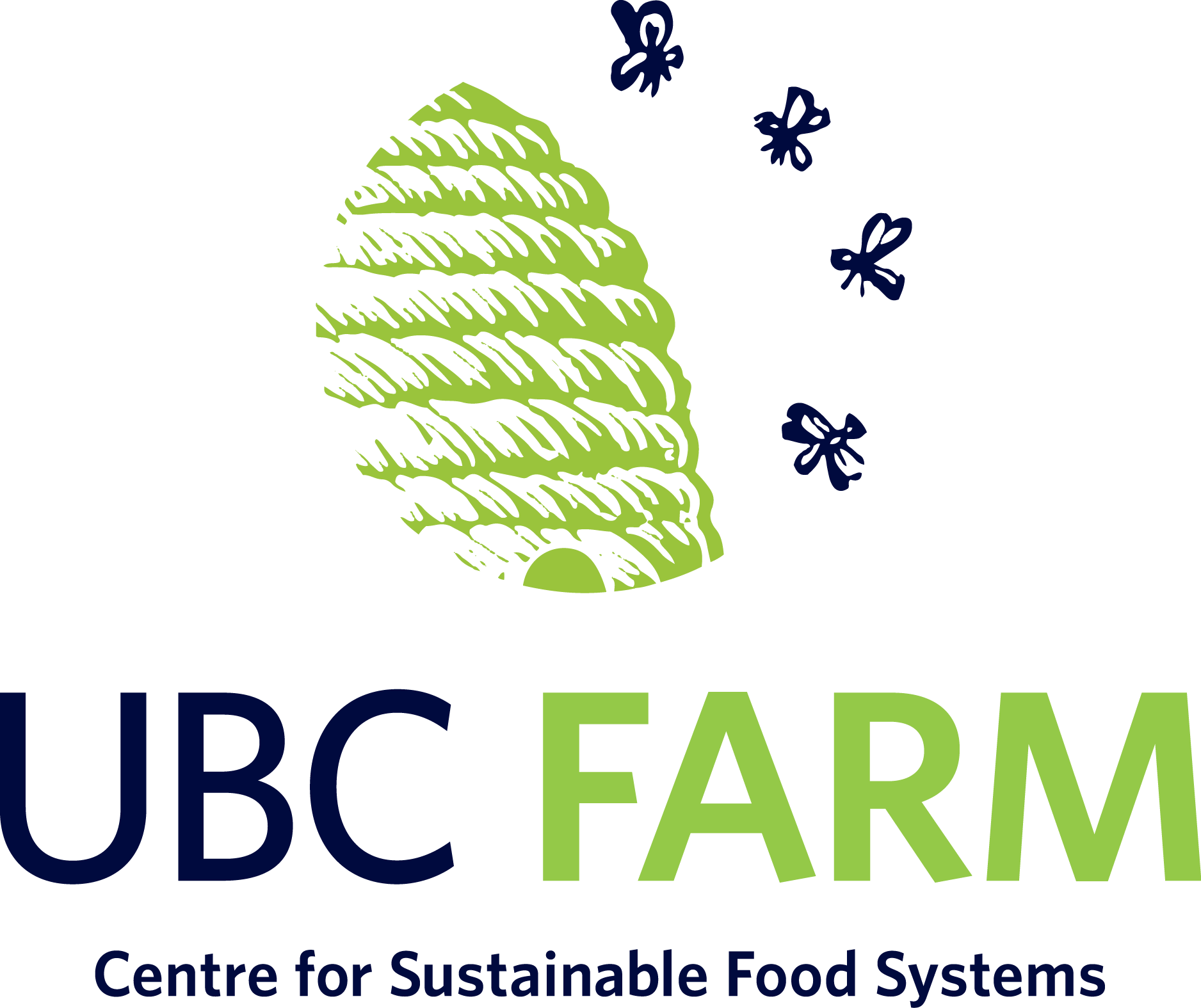Growing Organic Small Grains in South Coastal BC: Comparing Protein Concentrations in Wheat and Barley
Source
This brief is based on research that has been published in a peer-reviewed journal.
Introduction
The Vancouver Island and south coast regions of British Columbia (BC) have mild temperatures suitable for the planting of cereals as a spring crop. The potential of these crops have not been well studied in this area, though in one Canadian study maximum yields were higher on organic farms than long-term conventional averages, highlighting the potential for successful organic grain production in Canada. Recently developed or new-to-the-area varieties or cultivars of cereals and grain legumes are newly available, and this study aimed to fill the gaps in knowledge about these cultivars.
Protein concentration of wheat and barley has a major impact on the quality of grain products and how they are best used. This trait is a priority for improving bread-making or malting qualities. In wheat, high protein levels are required for baking pan breads and blending. In barley, low protein levels are required for malting, brewing and distilling. This study was conducted in 2010 to compare the protein concentration of heirloom and commercial cultivars of wheat and barley at the Centre for Sustainable Food Systems at UBC Farm, at the University of British Columbia in Vancouver, BC.
Research Process
Researchers tested the protein concentration of 19 wheat and 17 barley cultivars. Seeds were cleaned and weighed prior to planting, and were sown using a hand seeder. All cultivars were provided with the same level of management. No external fertilizers, pesticides or fungicides were used. Plots were watered with a timed sprinkler irrigation system. To conduct the protein assessment, the cultivars were harvested, dried, grounded, and tested for nitrogen content. The nitrogen contents were then converted to protein concentrations.
Results
Wheat
Heirloom wheat cultivars showed high protein concentrations at levels desirable for baking and blending purposes, as compared to the commercial cultivars. Commercial cultivars had lower protein concentrations, making it more appropriate for malting purposes. Interestingly, the highest yielding commercial wheat cultivar “Scarlet” had the lowest protein content.
Barley
All heirloom barley cultivars showed high protein concentrations unsuitable for malting, however they are desirable for livestock feed. Commercial cultivars all had low enough protein concentrations appropriate for malting purposes.
Figure 1. Protein content of wheat and barley cultivars grown under organic production systems during 2010 spring season at the UBC Farm.
Variation in protein levels were observed in wheat and barley cultivars when grown under different environments and management practices. Variation among cultivars for protein content suggests the possibility of crop improvement through breeding programs.
About this research
This research was part of Dr. Chapagain’s PhD dissertation.
This brief is based on the following journal article:
Key Findings
Heirloom wheat cultivars have the protein content best suited for baking and bread making, while heirloom barley cultivars are best suited for livestock feed, and commercial barley cultivars are best suited for malting purposes.


